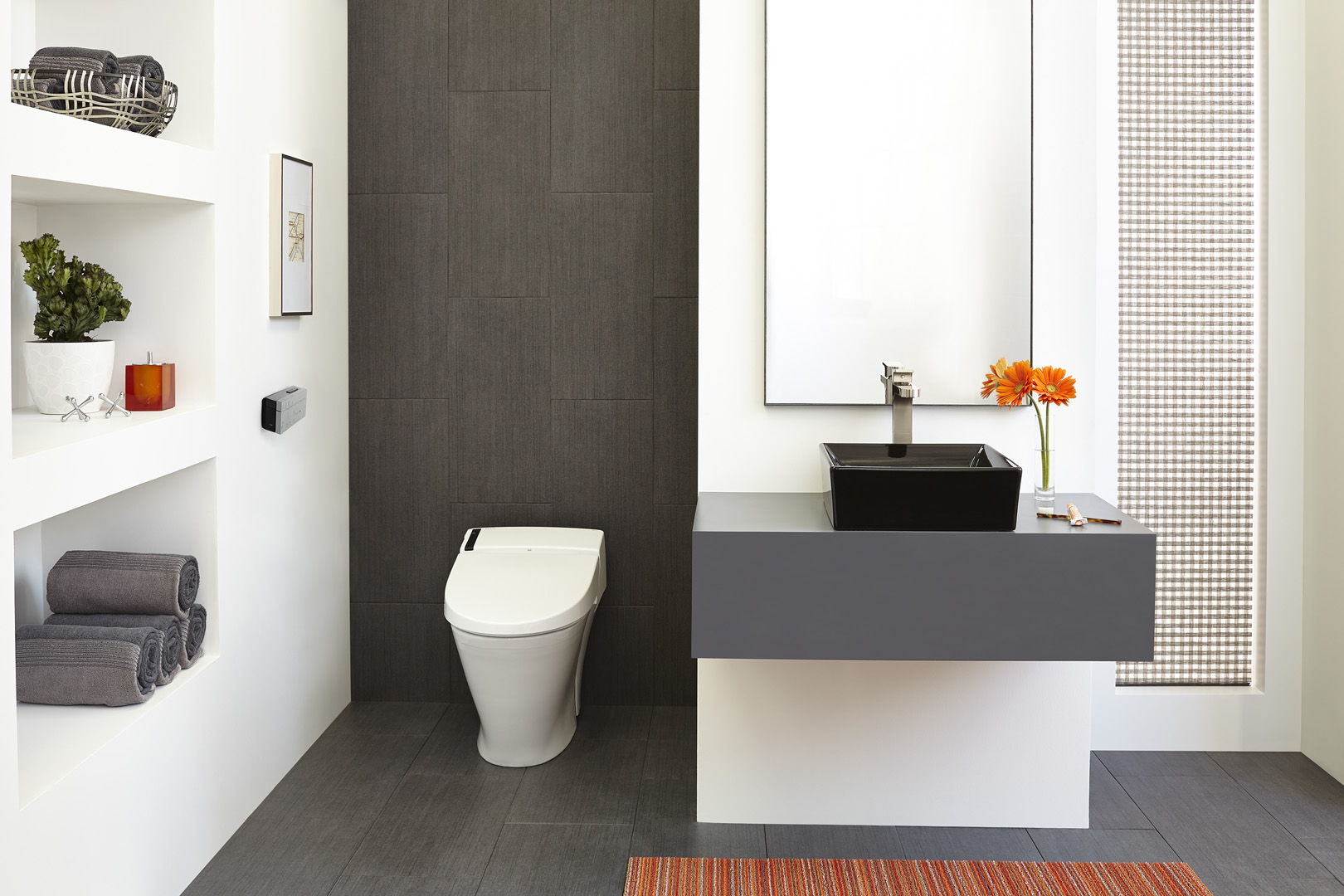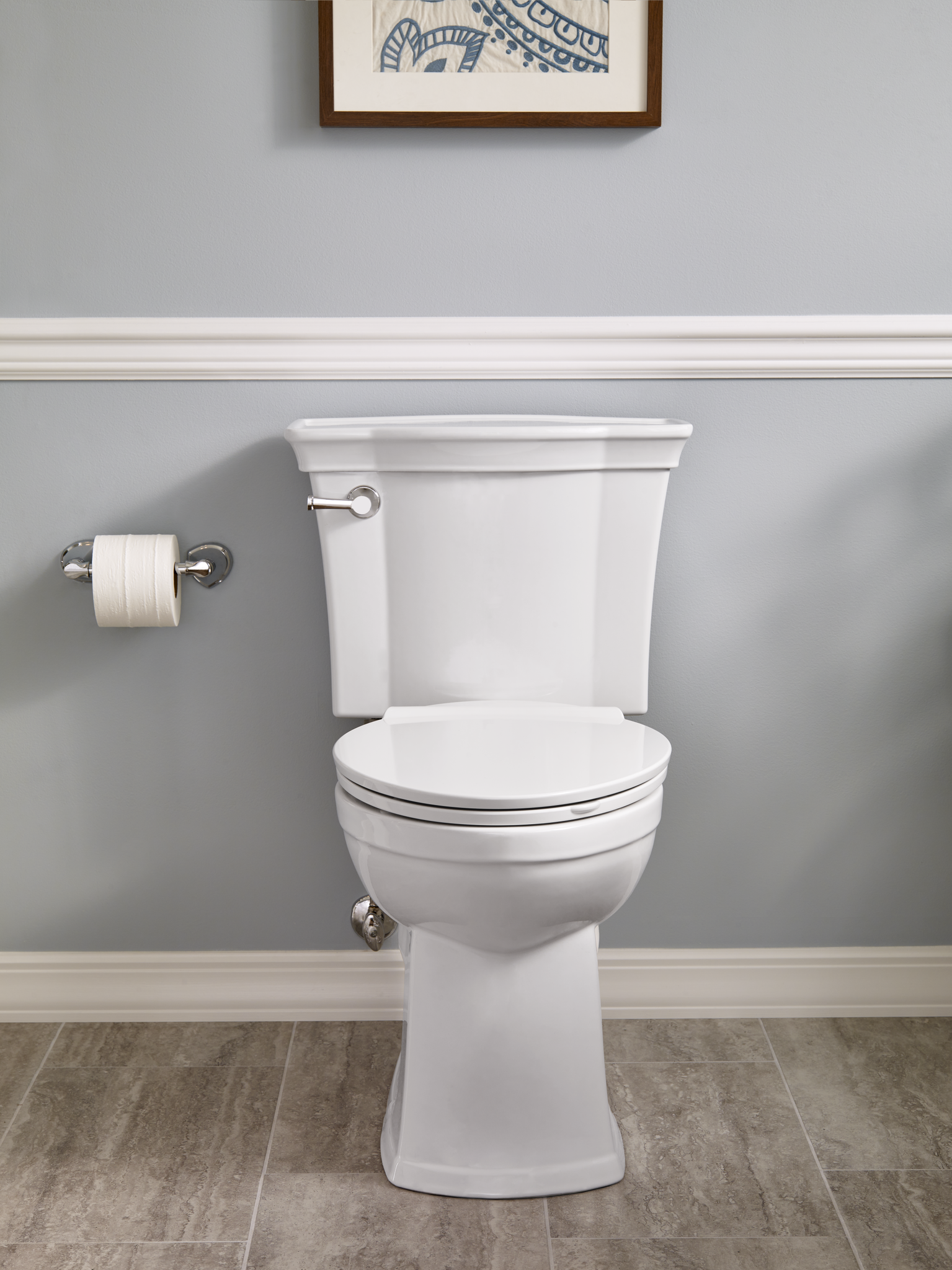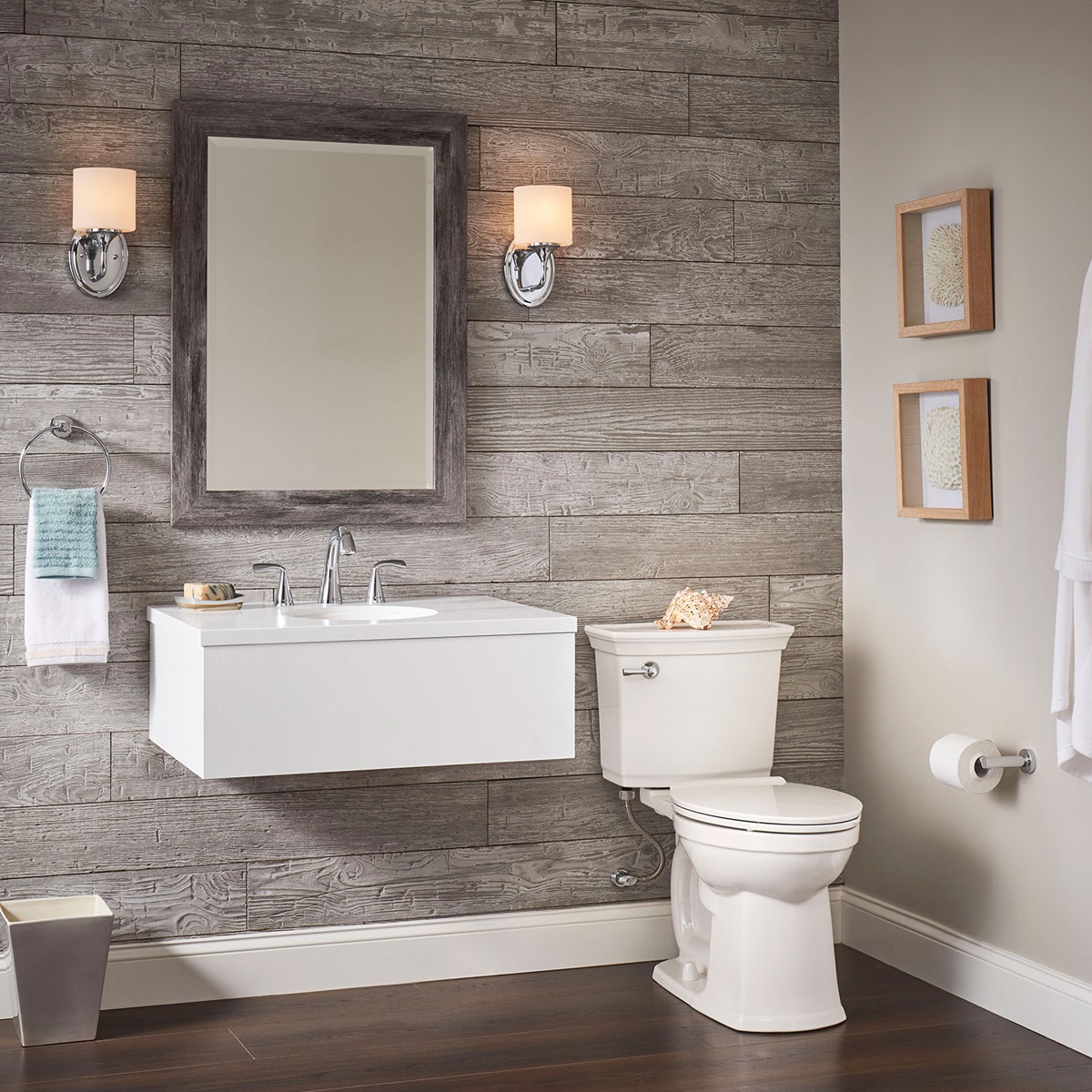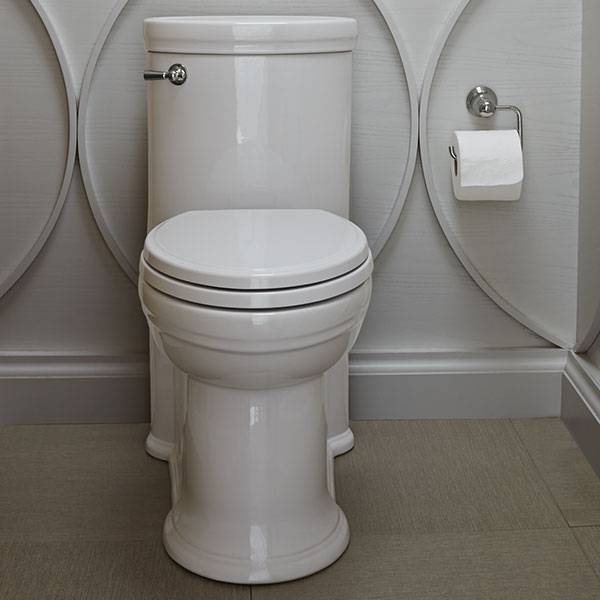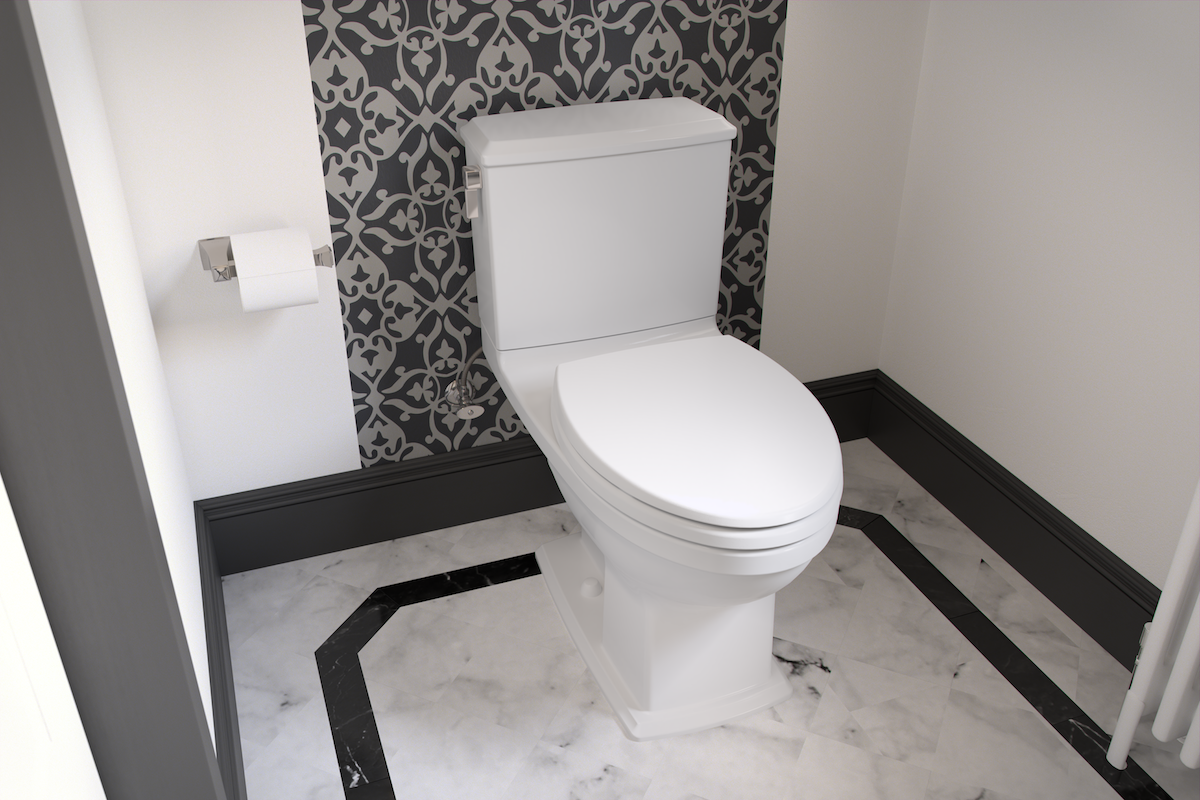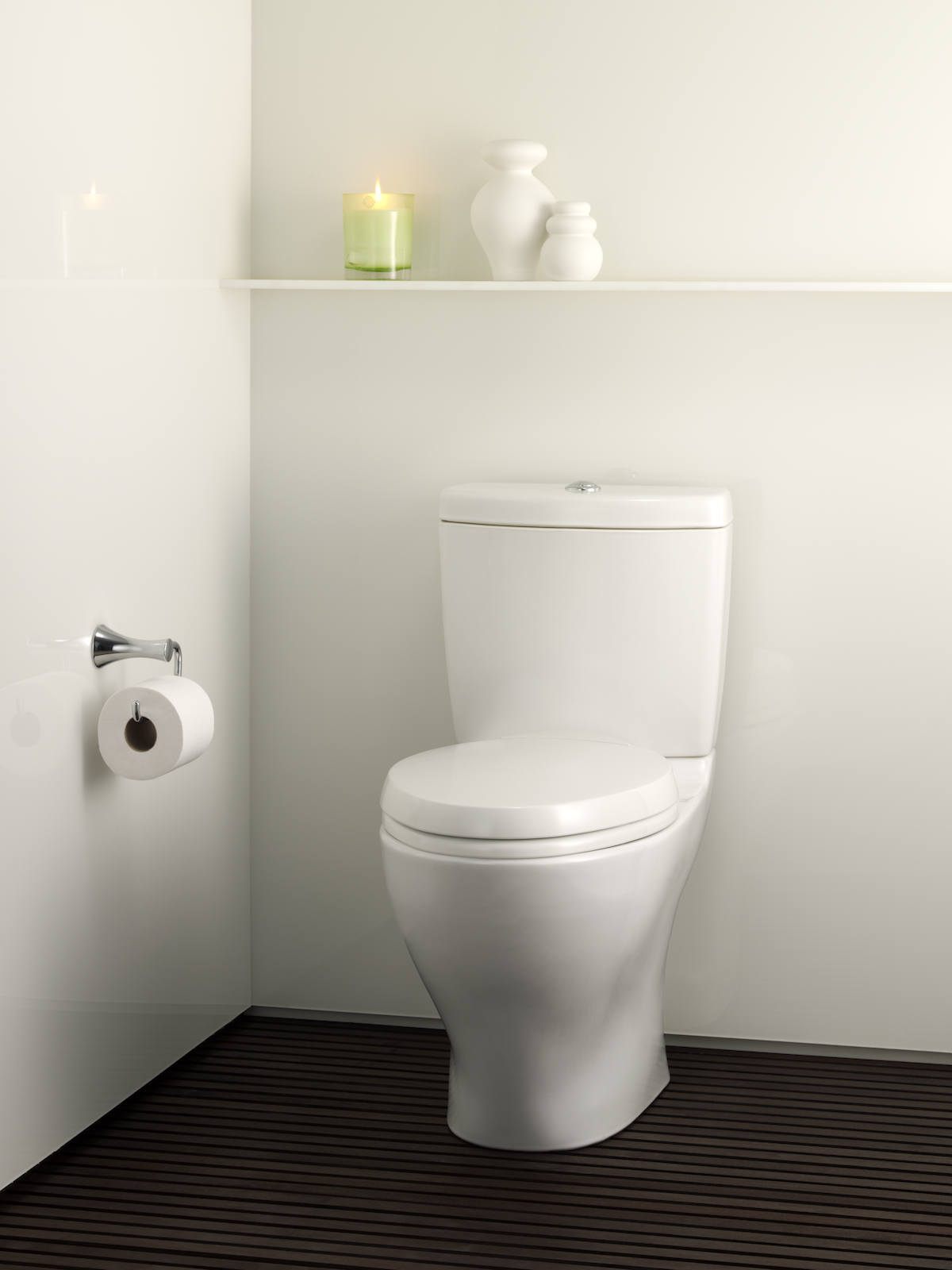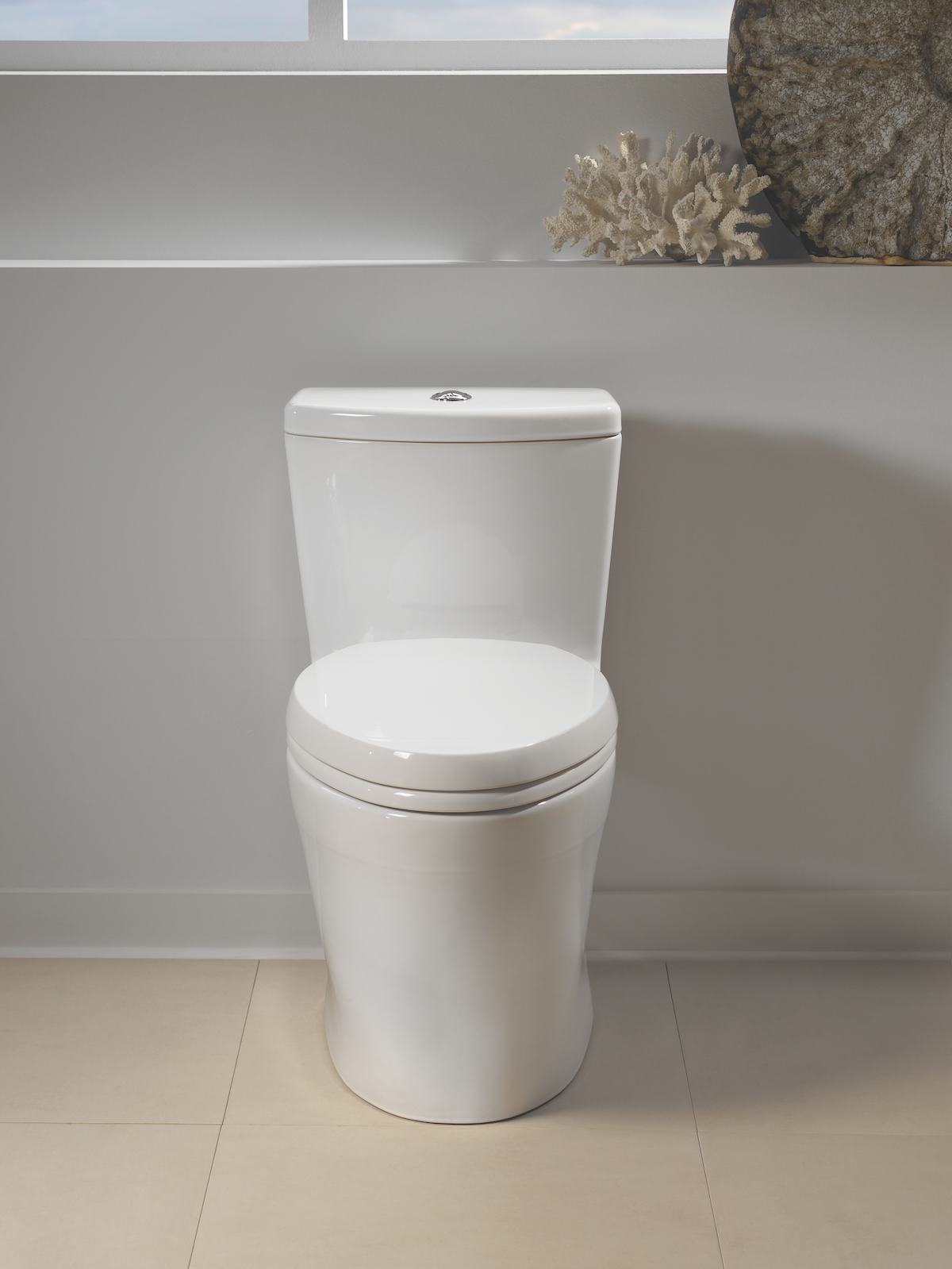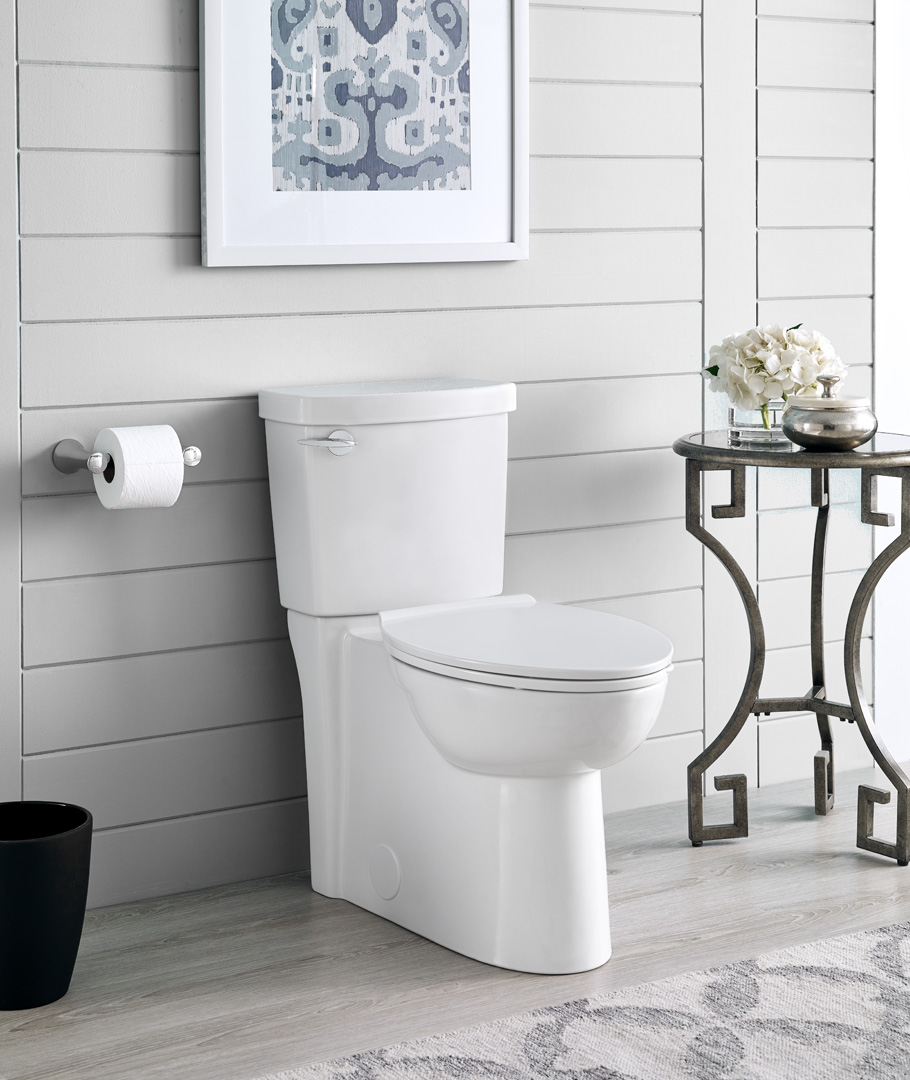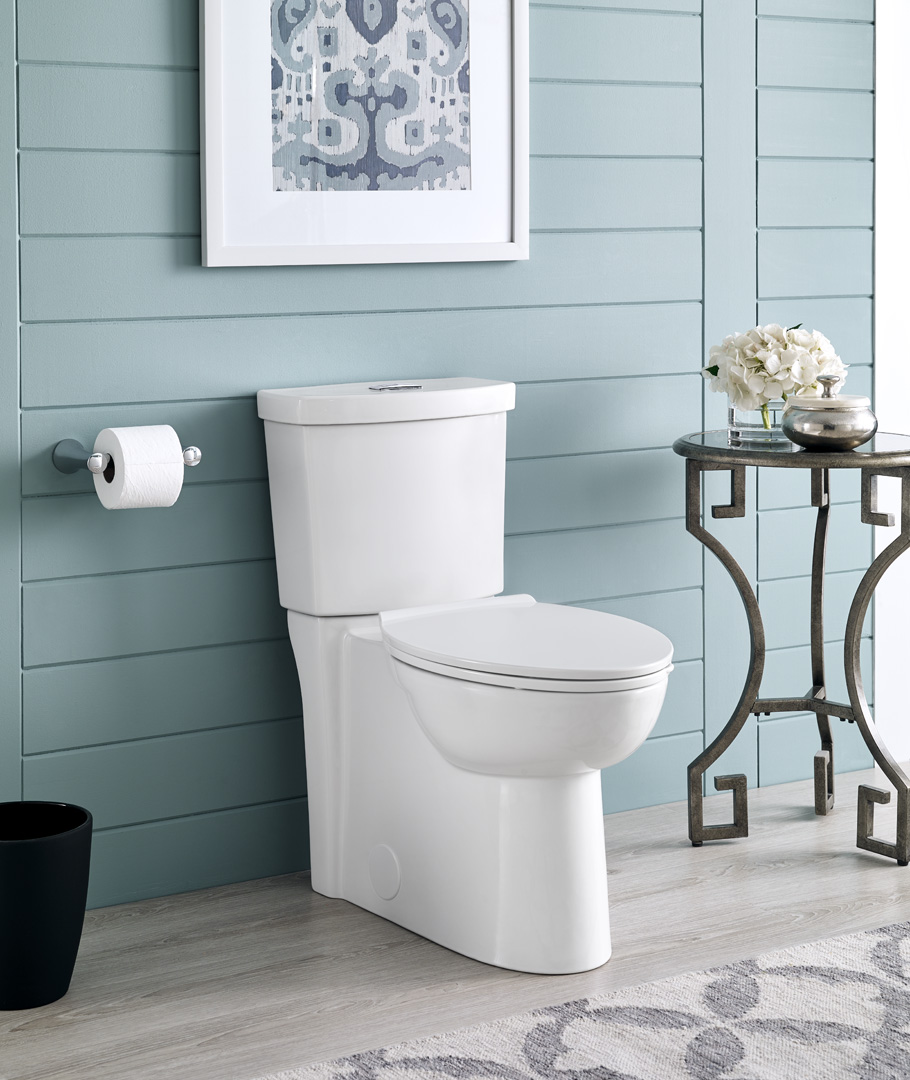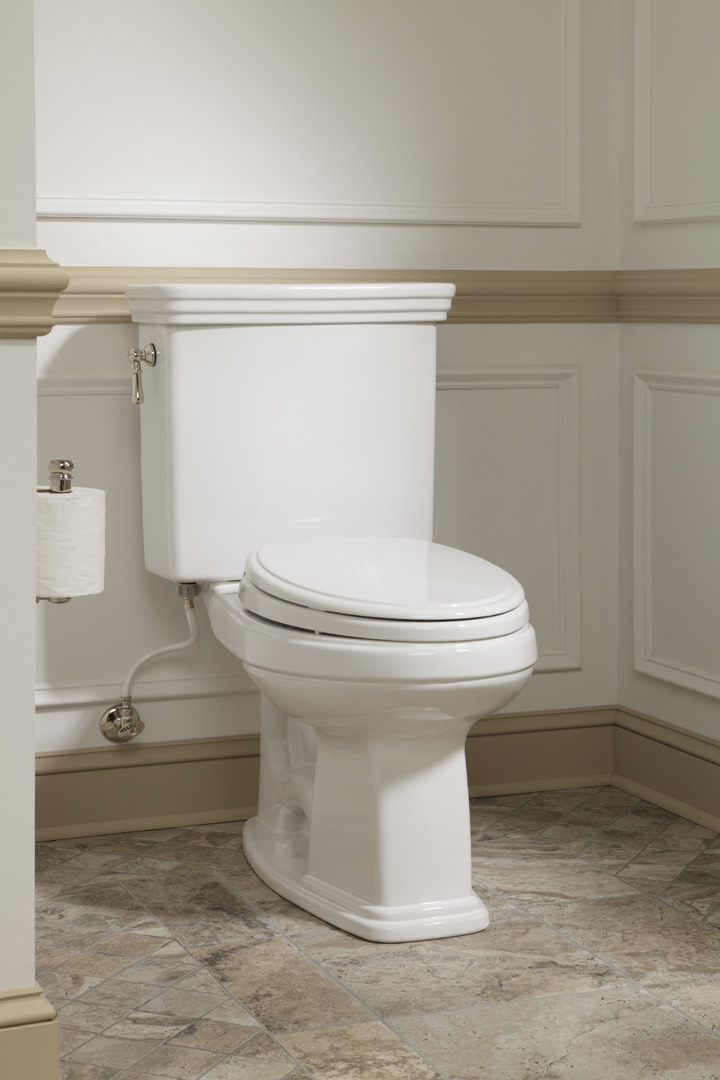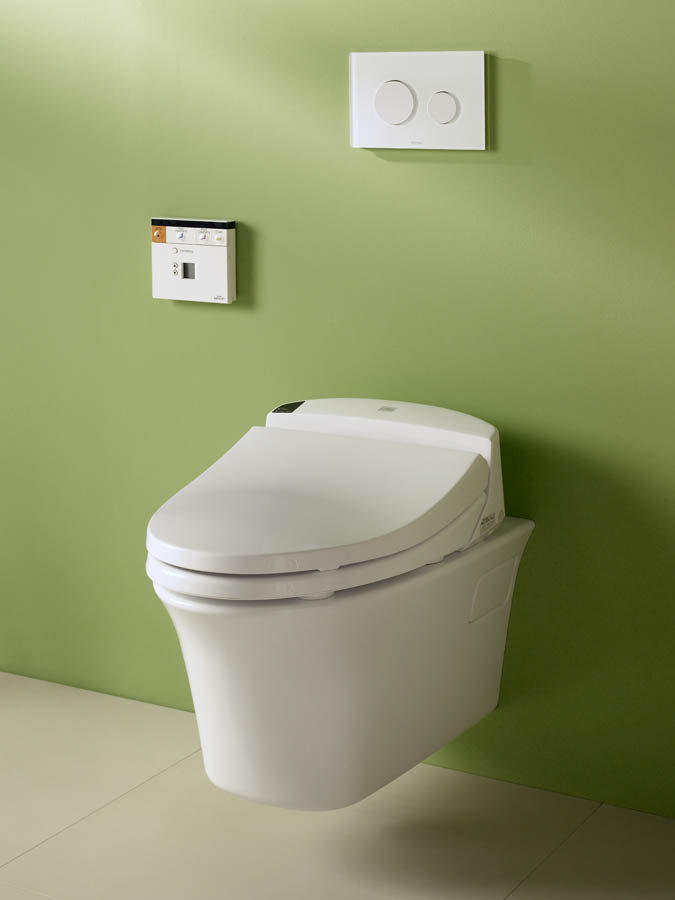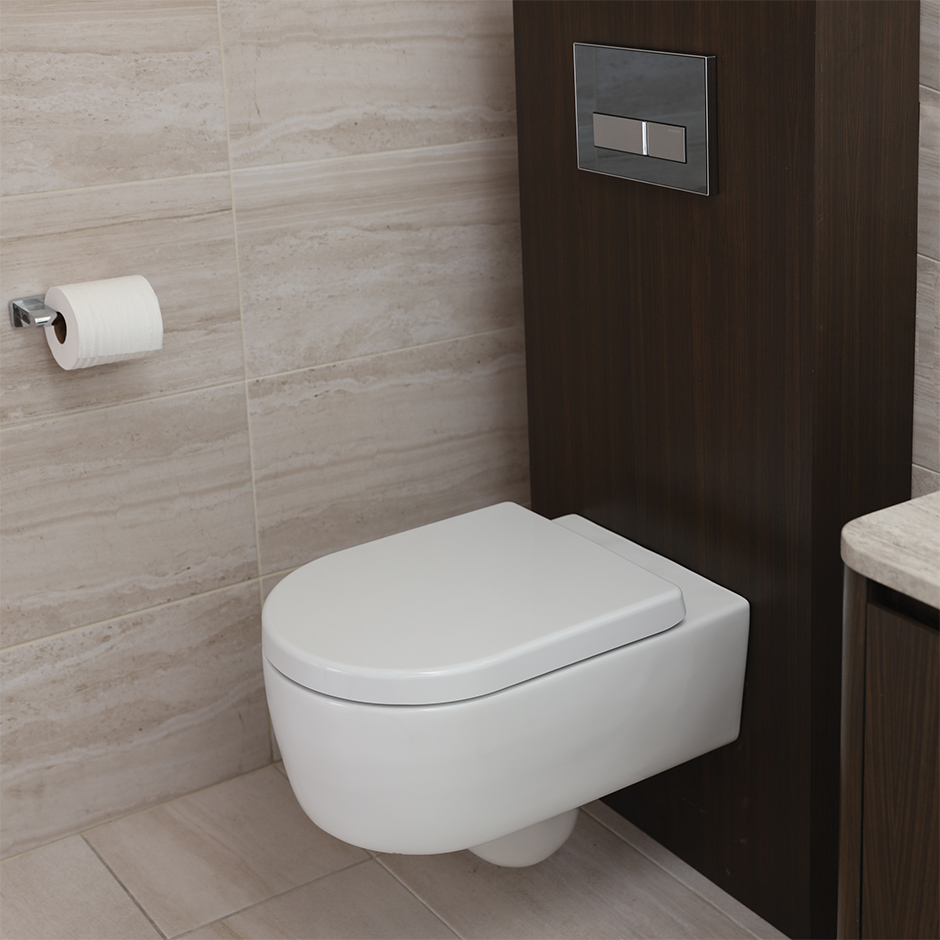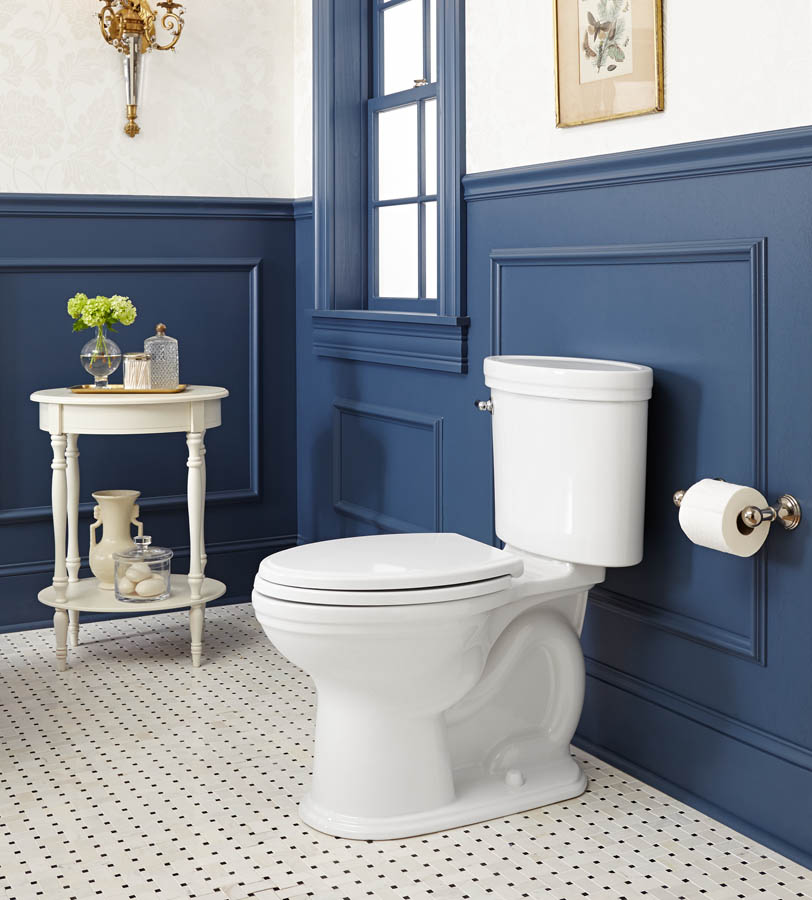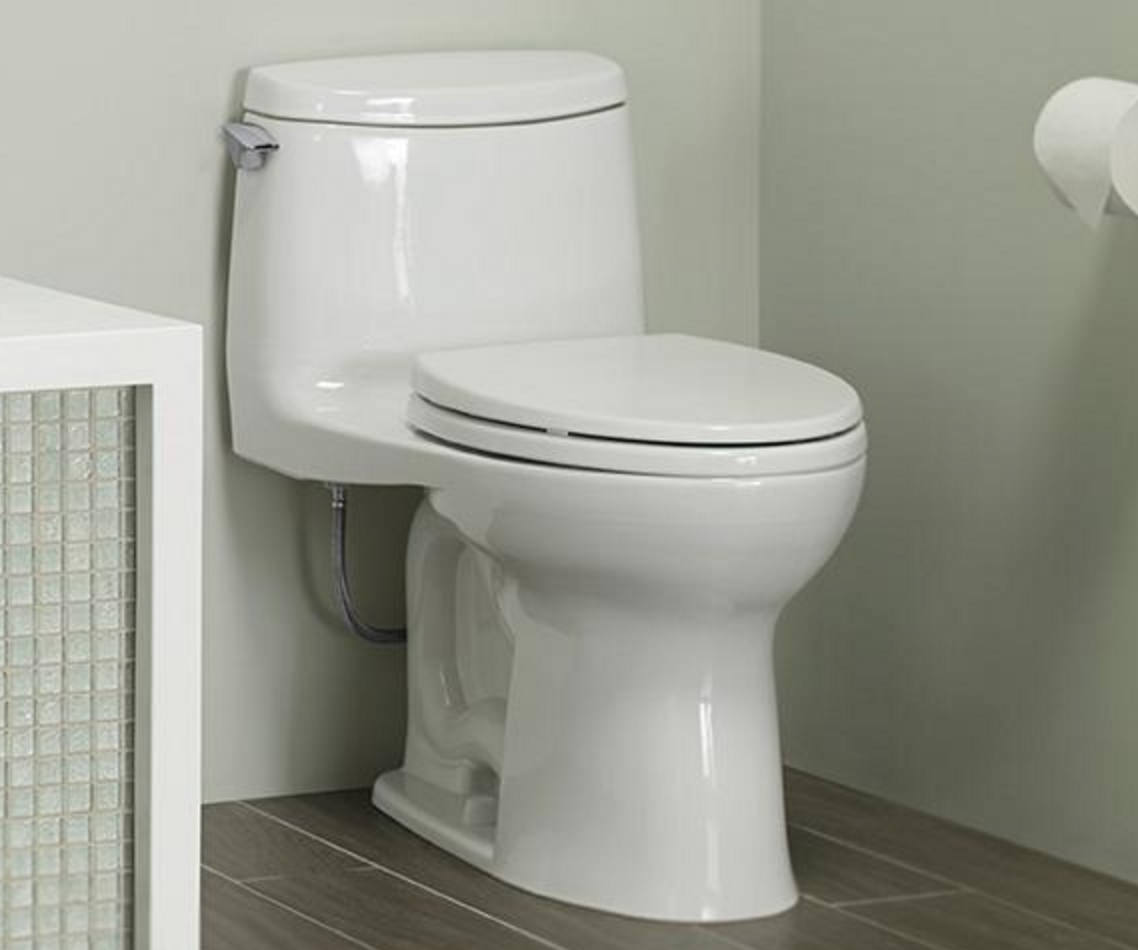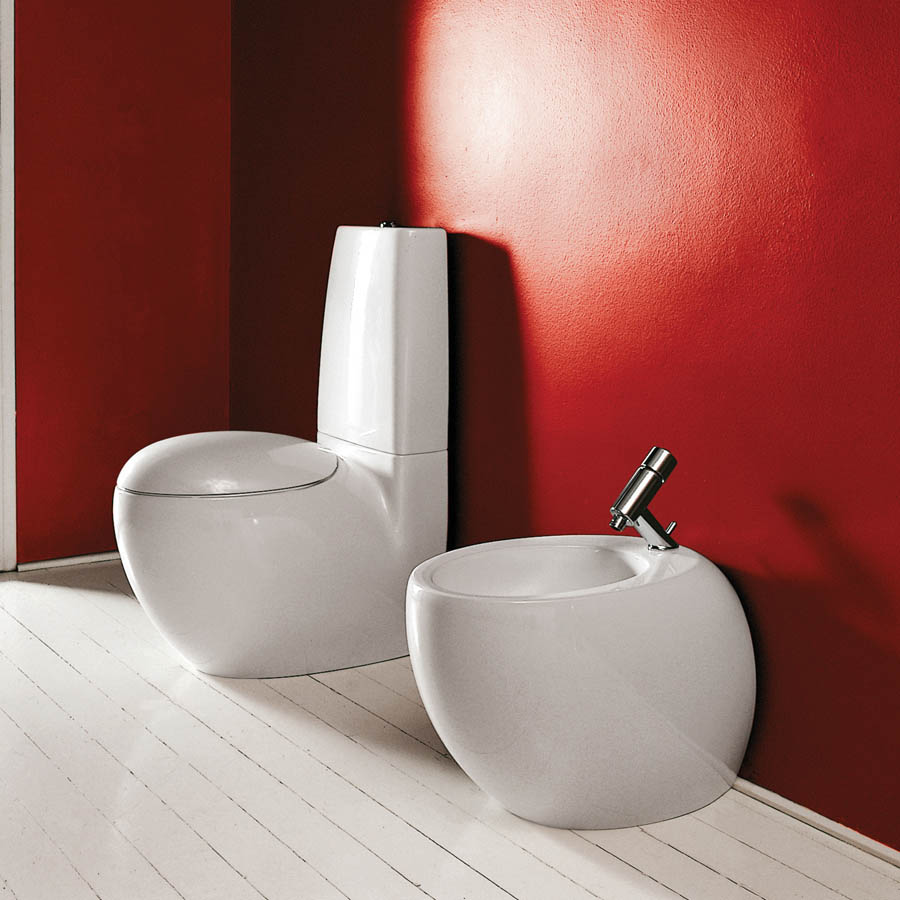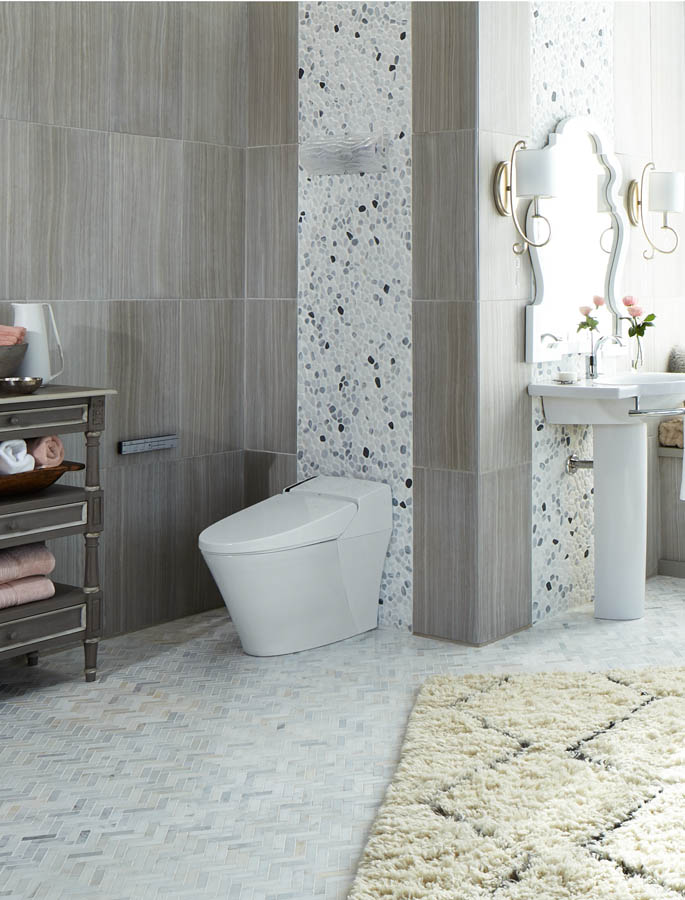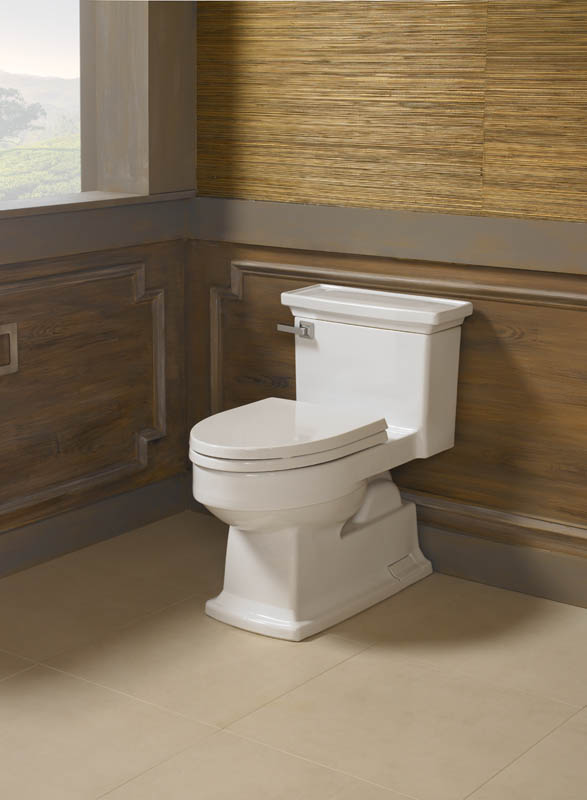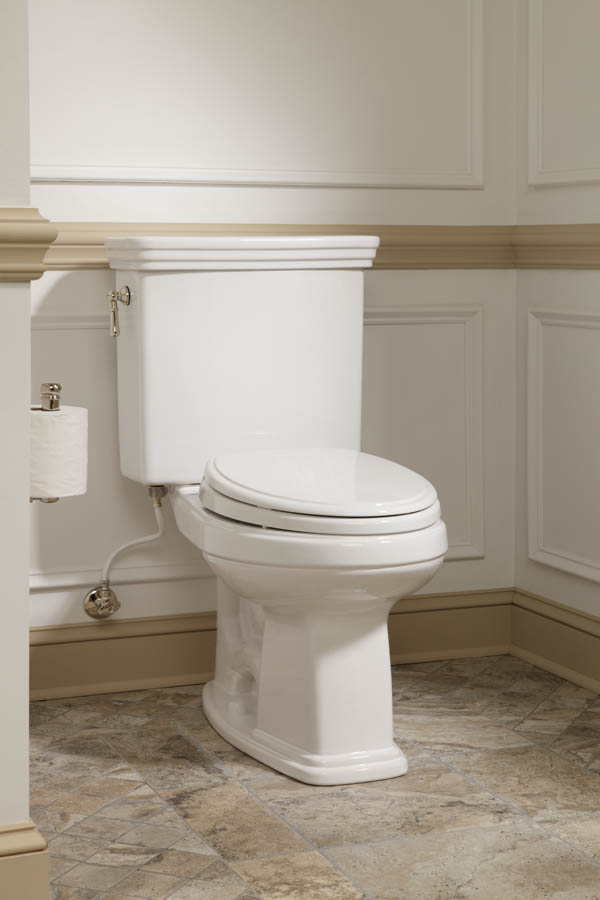Replacing your toilet can improve your bathroom’s aesthetic appeal and help both the environment and your wallet by conserving water.
Whether you’re interested in remodeling an entire bathroom, or you’ve discovered water damage on the bathroom floor or the toilet itself is damaged, there are many reasons to undertake the task of replacing a home’s toilet.
Here are six good reasons to replace your toilet:
1. Leaks: Leaks from either the toilet’s tank or its bowl can go undetected for long periods of time, causing water damage to the flooring or subfloor. If allowed to continue, the entire floor may need to be replaced. Leaks can also cause damage to rooms below if the bathroom is upstairs.
Especially when dealing with older toilets, it may be more cost-effective to replace a toilet than find and repair leaks. Leaks not only cause damage but also consume water, which may increase your utility bill.
2. Poor water-use efficiency: If you have an older toilet, just flushing it on regular basis may have a negative impact on your utility bill. Toilets manufactured before 1980 can use up to 7 gallons of water with each flush.
Under federal guidelines enacted in the 1990s, modern toilets are required to use no more than 1.6 gallons per flush (GPF). Most toilets today meet the EPA’s WaterSense guidelines with 1.28 GPF, and installation of these may earn a homeowner a subsidy. To determining your toilet’s age, lift the lid and look for the date stamp.
3. Appearance: Your toilet may not match your current color scheme or even have a resemblance to your sense of style or home decor. Toilets with colors like avocado green and coral pink were once in vogue, but today may make your home’s bathroom appear hopelessly outdated.
Modern toilets can come in a variety of colors besides the more common colors such as bone, biscuit or white, but keep in mind that designer color toilets can have higher price tags than neutral color selections.
4. Comfort: When shopping for a new toilet, don’t forget comfort. Make sure the toilet seat isn’t too small or narrow and that the seat height isn’t too high or low. If you’re investing in a new toilet, find one that fits you and your family comfortably. The majority of the toilets sold today are a bit taller than they used to be, with the seat height the same as a dining room chair.
5. Broken or uncommon components: If your current toilet has broken components such as flush handle, unique toilet seat or the interior mechanisms, weigh the cost of replacing these items versus the cost of a new unit. Often times it is just easier to replace the toilet, especially if the existing one is older.
6. Replacing the flooring: If you plan to replace your bathroom’s flooring during a remodel, consider replacing the toilet. In many cases, the existing unit will have to be temporarily uninstalled to make way for the new flooring, so it may be an ideal time to upgrade to a new unit.
Replacing a toilet is a task best left to a qualified plumbing professional. Porcelain can be extremely heavy and easy to chip or crack. The new toilet should be properly connected to the existing drain system to prevent leaks and ensure proper operation.
Need additional guidance for replacing plumbing fixtures in your bath or home? Give us a call at (314) 375-1500 or schedule a visit to our St. Louis suburb of Brentwood showroom with your plumber or designer to view countless toilet options.

